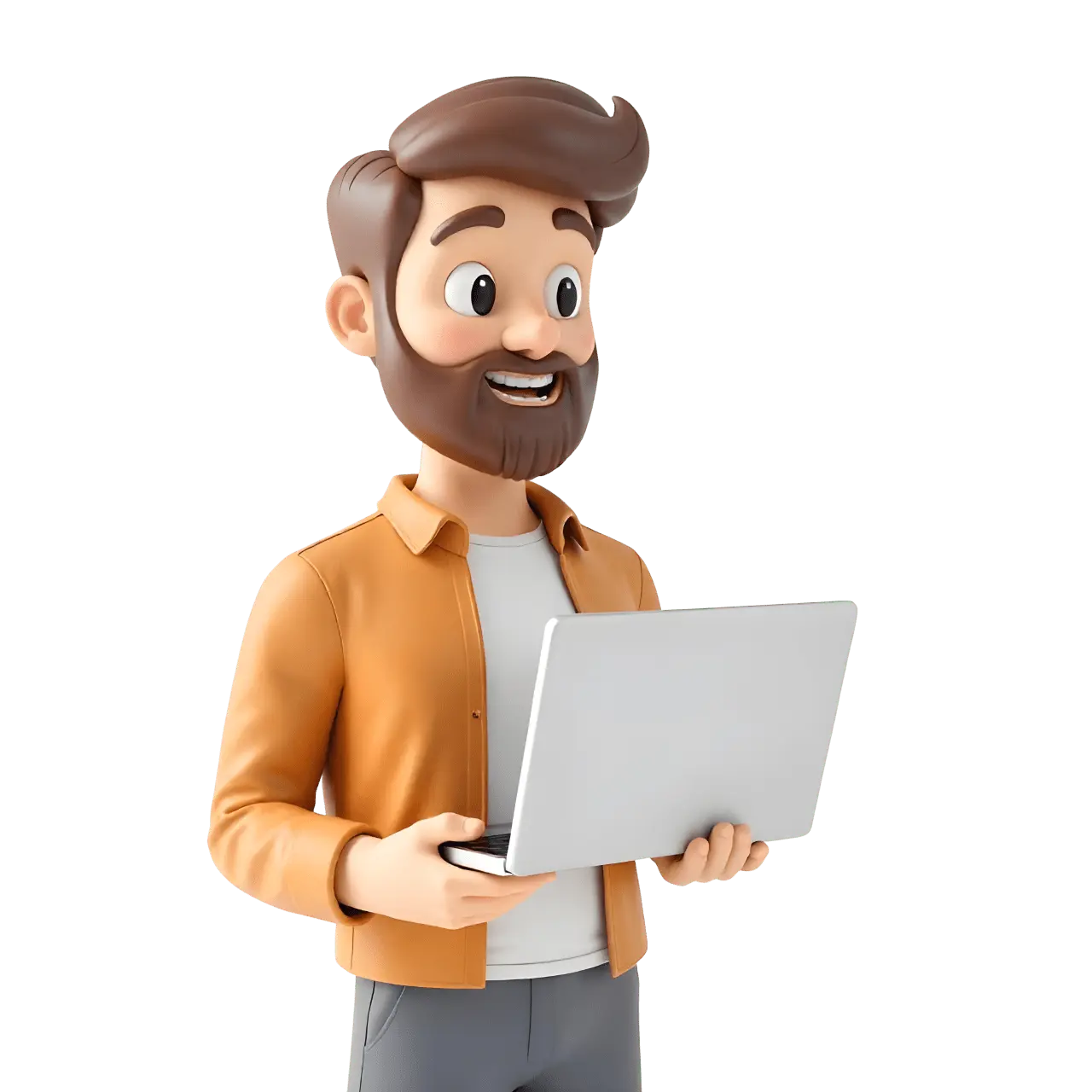- Admin
-
 Onpage SEO
Onpage SEO
On-Page SEO Checklist 2025 – The Ultimate Guide
On-page SEO optimization is crucial, indeed! It is a critical aspect of any SEO strategy to improve a website’s ranking in search results. Today, in this SEO guide, we would like to share a comprehensive on-page SEO checklist 2025. Hopefully, it will facilitate your online marketing campaigns and produce the results you desire.
Have you ever considered a website ranking on the top in SERPs lucky?
Think again!
If YES, you probably don’t know the relevance and significance of SEO.
It isn’t luck but involves a host of hard work behind the scene for a website to achieve the supreme position. This hard work is called SEO or Search Engine Optimization. The process of SEO comprises multiple elements, techniques and strategies broadly categorized under on-page and off-page optimization.
It is a vital component of an extensive umbrella of digital marketing services. The central attraction of this guide would be on-page SEO to help you rank higher in Google and divert more traffic.
Boost Your Business Website’s Ranking in Search Results with Our Advanced On-Page SEO Checklist Techniques!
What is On-Page SEO?
Also known as On-Site SEO, on-page SEO is the process of improving a specific webpage’s position in SERPs by making relevant optimizations to it. Unlike off-page SEO, the process of on-site SEO involves a chain of techniques and optimizations we use and make within the website. Some of these optimizations can be seen on the page itself while others are performed behind the screen.
On-Page SEO Checklist 2025
Through the rest of the post, you’ll get to learn the most advanced methods and tactics to perform on-page SEO like never before. It will certainly assist your search engine optimization efforts to gain a higher rank for your website.
Let’s dive right in!
Keyword Research
Keyword research comes first and foremost!
It is insensible to move ahead without defining your targeted keywords. As a website owner, you need to do proper keyword research to find relevant keywords you want your page to rank for.
There are numerous keyword research tools you can use to collect keywords with decent volume and low competition. For example, you can use;
✅Google Keyword Planner
✅Keywordtool.io
✅KWFinder
They help you find a list of keywords relevant to your page intent.
Considering Google suggestions is a great idea as well to get great long tail keywords to optimize your site around.
Quality of Content
Quality matters a lot!
Writing and publishing content that meets searchers’ requirements instantly is something that Google appreciates most. It must convey the ‘value’ to visitors and offer a solution to pacify their queries. Make sure you stuff your page with all the relevant keywords you are targeting for.
Moreover, your content needs to be trustworthy, readable, valuable and actionable. Keeping an adequate length for the content is equally important as well to affect the results.
Placement of Keywords
The general rule is that your copy must contain your primary keyword and LSI keywords in a natural flow. Keywords shouldn’t seem to be stuffed intentionally or insensibly to gain higher ranks.
However, there are some places where you need to place keywords intentionally:
- Page title
- Title tag
- Within the first 100 words of the page
- Headings
- Meta description
- Image alt text
Multimedia
Adding multimedia files to your page is also one of the efficient white hat SEO techniques. It ensures more authentication and enhances readers’ interest. It allows you to embellish your webpage with;
- Images
- Videos
- Infographics etc.
Images improve on-page optimization and keep visitors engaged with a page. You can optimize your images on the page for speed by resizing them and adding alt text to them. Alt text is like a text version of an image since Google can’t read images. Make sure to add your main keyword to your images’ alt text.
Title
Basically, there are two different types of titles you can include to optimize your on-page SEO:
Title Tag: It is the title that appears on search result pages. It is also called SEO Title or Meta Title. Your title tag shouldn’t exceed 60 characters in length and must contain your focus keyword.
H1 Tag: This title tag appears on the page. You can create a bit different H1 tag to show creativity and deliver more value. Again, it must include your focus keyword.
Headings
The best way to organize the information on the page is to use headings. It divides the whole page into different sections and subsections to keep the information interesting and easy to understand.
But the problem is that Google can’t identify the headings based on font size only. It understands HTML and we need to provide headings in an HTML code. For that, you can apply different heading tags to your headings to make them search engine-friendly.
There are six types of heading tags that you can see in any CMS i.e. WordPress, SquareSpace etc.:
H1 – Assign this tag to your page title only. Make sure your page has an H1 tag used only once.
H2 – You can use the H2 tag to label the main sections of your content.
H3 – H3 tags can be assigned to further subsections within the page.
H4 to H6 – These tags are used rarely in SEO practices.
Meta Description
You describe what your page is all about in a meta description. A well-written meta description has the potential to induce searchers and grab more clicks. Make sure to keep your meta description catchy and short with a length of no more than 160 characters. Don’t forget to include your main keyword and other related keywords if it makes sense.
URL
It is another significant prospect falling under the on-page SEO checklist for beginners and professionals. On many occasions, your CMS generates a URL automatically, usually, using the given title or sometimes a string of numbers. Well, you need to edit your URL to make it short, stuff your primary keyword and use dashes in place of spaces.
Links
On-page SEO practices, basically, include two types of links:
Internal Links: These are the links that take your readers to other pages within your website. Make sure your page should include not only internal links but other pages of your site should link to your page under question also.
External Links: External links on your page take your visitors to other websites or domains. You can yield good results by linking out your page to websites with high domain authority. This technique of link building also increases your page’s credibility and trustworthiness.
Technical Optimization
In addition to all mentioned above, your on-page SEO optimization must include some technical prospects as well. It makes your page Google-friendly and helps prevent glitches that may occur over time. Technically speaking, your website should be mobile-friendly and quicker to load. Under technical SEO services, make sure your pages are crawled and indexed properly to appear in SERPs.
Conclusion
On-page or on-site SEO is quite significant for a website to rank higher in search engine result pages. As a website owner, you might seek various relevant SEO factors you can take into account to solidify your website’s position. You just have undergone a complete on-page SEO checklist 2023. It has illustrated multiple valuable considerations that you need to focus vigilantly to obtain the desired results.
Looking for a professional on-page SEO services provider? You can get in touch with Ennoble Infotech now! It is an all-service digital marketing agency with a proven track record and history. You can avail result-oriented and quality on-site SEO services for your business at competitive prices. We have a team of professionally-qualified SEO specialists & analysts who will support your project through in-depth keyword research, relevant headings, content quality etc. Get in touch with officials to gain quotes now!
On-Page SEO Frequently Asked Questions (FAQs)
i) What is on-page search engine optimization?
On-page SEO involves various activities and strategies that are performed on the page of a website to increase its ranking in search engine results. Content quality, keyword research, links and headings tags are some of the prominent elements of on-page SEO.
ii) What is a heading tag?
There are six types of heading tags available in CMS to help you make your content more captivating and reader-friendly. These are H1, H2, H3, H4, H5 and H6. The H1 tag is only meant for the title of the blog. You can use other headings tags to divide your content into different sections and subsections.
iii) Does on-page optimization really work to boost a website’s ranking?
On-page SEO is incredibly significant when it comes to improving a website’s ranking in search engine result pages. It ensures user-friendliness and builds trust when you manage on-page practices as per search engine guidelines. Ultimately, your website gets the required boost in SERPs and generates more leads.
iv) What is the difference between on-page and off-page SEO?
As the name signifies, on-page SEO allows you to improve your website’s Google ranking by performing various techniques and activities on a specific page within the website. On the other hand, off-page SEO is the process of increasing a website’s ranking by performing promotional techniques outside the website.
v) Can I do on-page SEO on my own?
On-page SEO is a process full of technical complications and strategies. You require a lot of practice, time and deeper knowledge to tackle SEO affairs on your own. Meanwhile, you can make things simpler and stress-free by hiring an SEO company. They will handle your projects professionally to obtain desired results for you.











